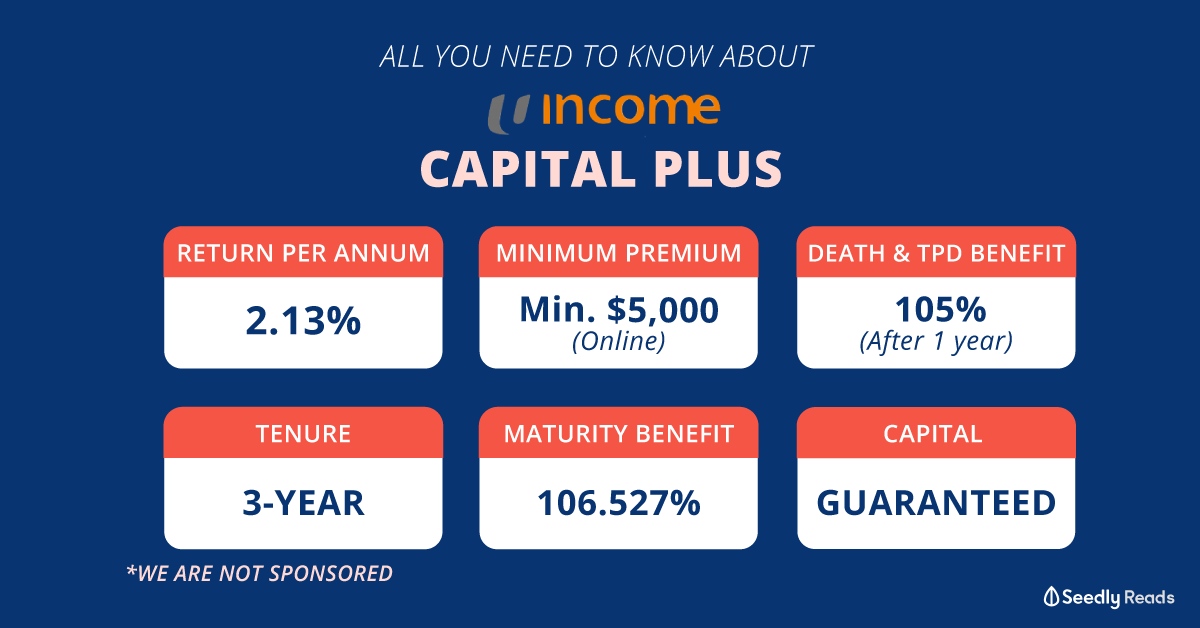Advertisement
Anonymous
How will underlying funds perform for endowment plans? Should I go into them now or wait it out?
Not talking about short term single premoum
premium plans but longer term ones that is usually illustrated with 3.25% to 4.5% return in the policy illustration.
2
Discussion (2)
Learn how to style your text
Elijah Lee
08 Aug 2020
Senior Financial Services Manager at Phillip Securities (Jurong East)
Reply
Save
Pang Zhe Liang
16 Jul 2020
Lead of Research & Solutions at Havend Pte Ltd
Above all, you must know that the illustrated investment rate of return (typically at 3.25% or 4.75%) is not your investment return. Instead, it is the participating fund's performance.
More Details:
Next, I will suggest for you to understand the bonuses rate for the plan as well as its accumulation rate. This is because not all plans are written the same way. Since these figures have a direct impact on your returns, therefore, it is certainly important to know the participating fund's capability.
More Details:
Reversionary Bonus and Terminal Bonus Singapore
On top of that, an insurer's track record will determine whether it is capable to apply smoothing and give you a stable rate of returns over time. Otherwise, there is simply nothing much that the fund can give to its policyholder.
More Details:
Smoothing of Bonuses Singapore
Generally, it is better to start early so that there is a longer period for the accumulation to grow.
I share quality content on estate planning and financial planning here.
Reply
Save
Write your thoughts
Related Articles
Related Posts
Related Posts
Advertisement










Hi anon,
I would say that par funds would generally perform somewhere between the two extremes of 3.25% and 4.75%.
Considering that a par fund would usually have around 60% in bonds and some 30% in equities, the long run return cannot be as high as a pure equity holding. However, with some equity weightage, they won't be that low either. Most funds have a 10 year average return of 4%+, while there may be one or two years out of those 10 that bonuses may be cut. If not, most years, your yearly bonuses (the reversionary bonus) will be credited as usual. If your plan just happens to mature in a year with bad returns, your terminal bonus could be cut. So you'll want to know the numbers for the reversionary and terminal bonuses for your policy if you want to dive deep into it.
Practically, as a consumer, what does that mean for you? I would suggest that you take the average of the 3.25% and 4.75% columns to see what your return would be like at maturity. Then, also take note that you need to calculate the IRR of your policy based on the numbers. Just because an insurer's par fund can generate 4.75% over the long run, doesn't mean you are making 4.75% on your monies. What matters is the nett return to you. I have seen a policy where, if the insurer credited 4.75% p.a., the true return to the policy owner is 2.2%+ in real terms. That's very sad. Conversely, I have seen returns of close to 4% credited if the insurer's par fund makes 4.75% every year. That's a world of difference.